Artists: Yevgenia Belorusets, Oksana Chepelyk, Olia Fedorova, Alena Grom, Zhanna Kadyrova, Alevtina Kakhidze, Dana Kavelina, Lesia Khomenko, Vlada Ralko, Anna Scherbyna, Kateryna Yermolaeva, and Alla Horska (1929–70)
Women at War features works by leading contemporary women artists working in Ukraine, and provides context for the current war. Several works in the exhibition were made after February 24, 2022, when Russia began the full-scale invasion of Ukraine; others date from the eight years of war following the annexation of Crimea and the creation of separatist Donetsk and Luhansk “People's Republics” in Donbas in 2014.
War is central to history. History has been written (and painted) by men. This exhibition provides a platform for women narrators of history and also examines gendered perspectives of war. Many artists in this exhibition struggle with the notion of victimhood and pose the question in what way women have agency during war.
The exhibition was listed among ten best art exhibitions of 2022 by both The Washington Post and Frieze. It is accompanied by a catalog, available for purchase for $30.00 + GST. Please contact gallery@umanitoba.ca to purchase.
This exhibition is presented at the School of Art Gallery in partnership with the Centre for Ukrainian Canadian Studies, University of Manitoba, with sponsorship from the Shevchenko Foundation. Additional funding provided by the University of Manitoba's Arthur V. Mauro Institute for Peace & Justice, Centre for Defence and Security Studies, Department of German and Slavic Studies, and Women's and Gender Studies Program, through the Margaret Laurence Endowment Fund.
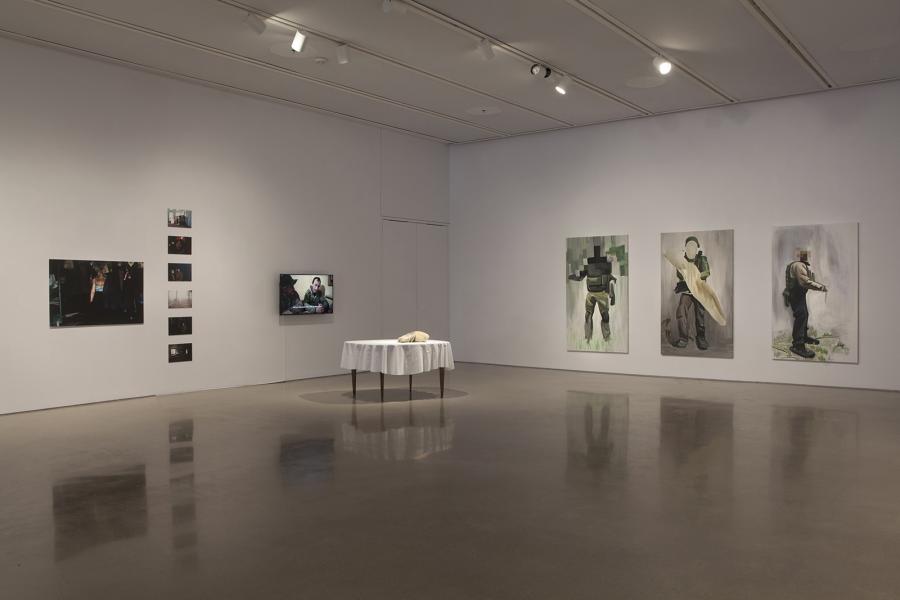
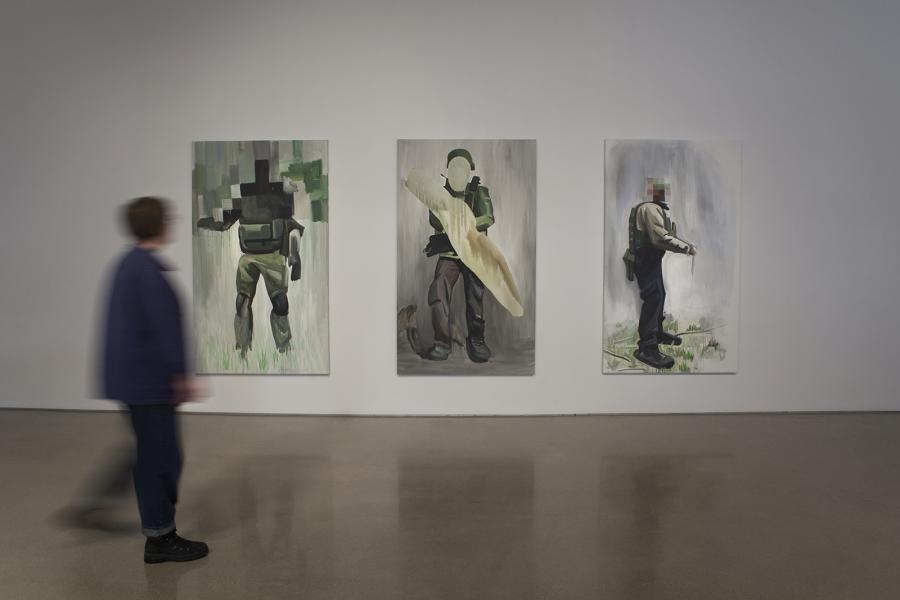
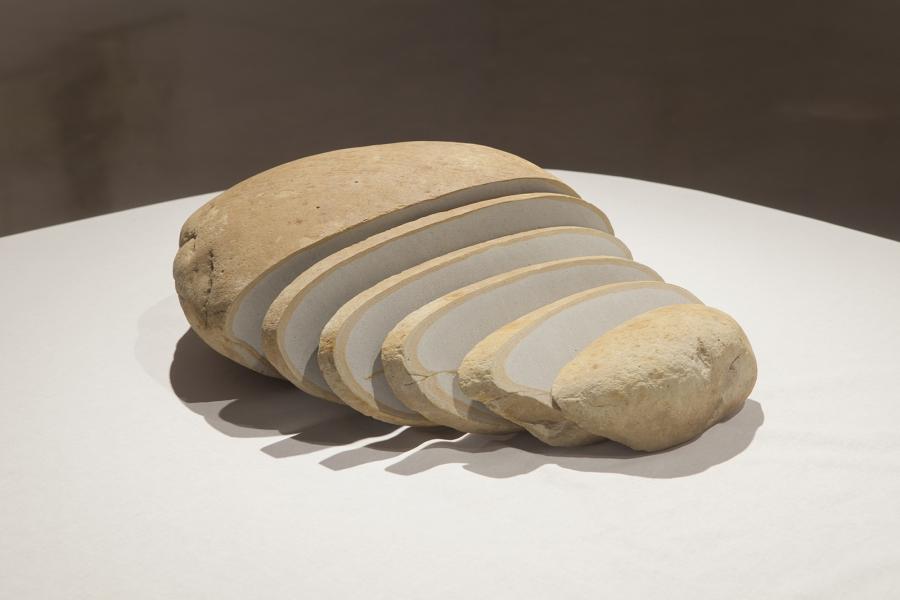
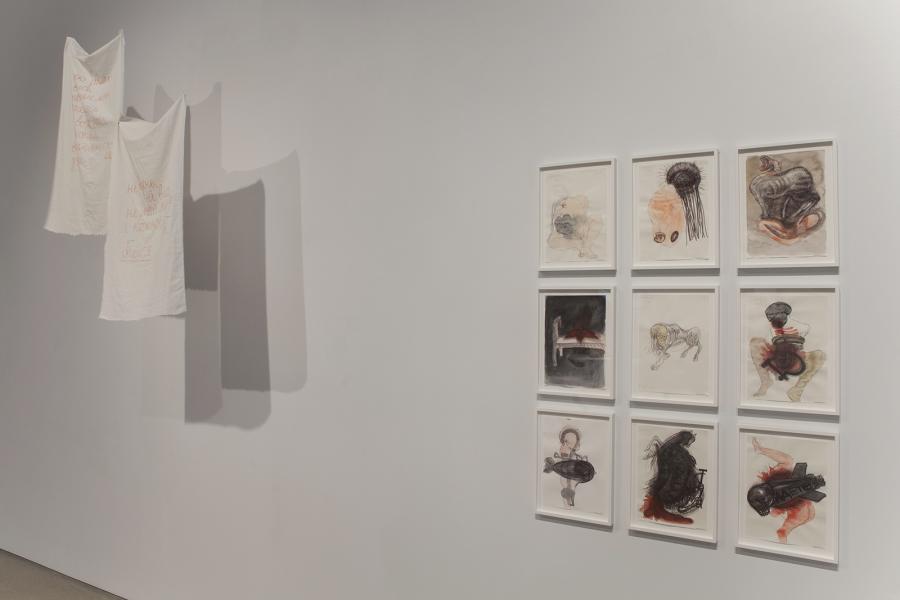


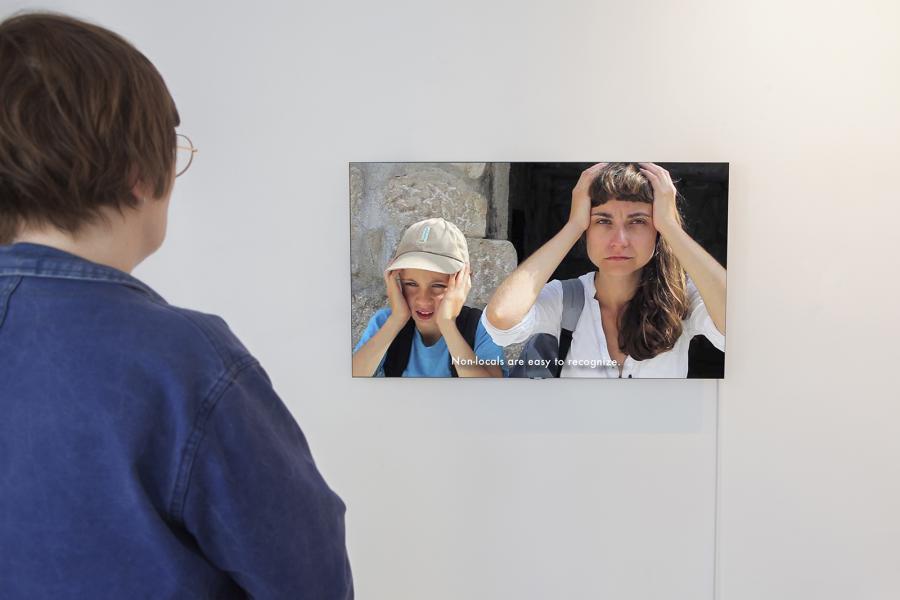
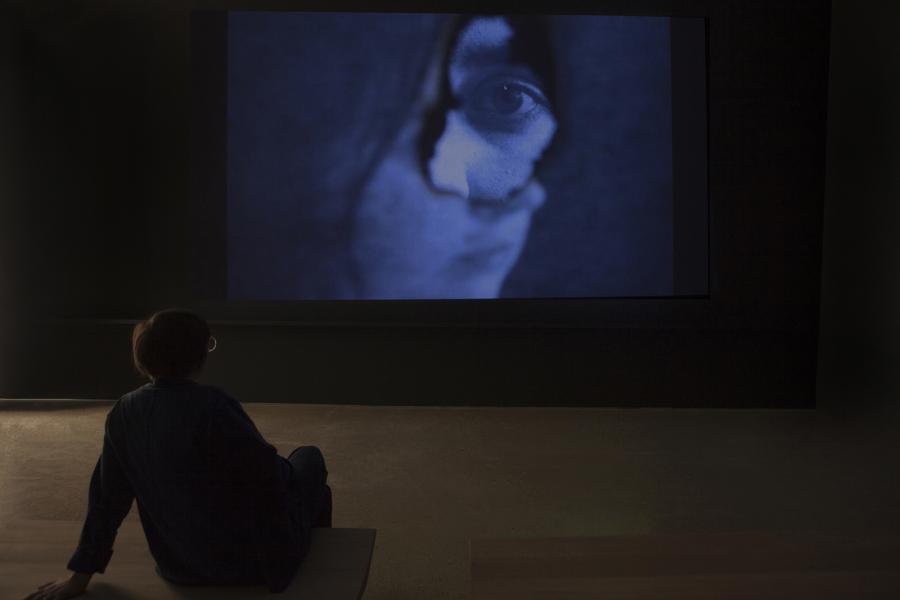

Photo documentation by Karen Asher.
“A small but potent exhibition.”
“The refusal of victimhood is the most pervasive idea uniting these works, even in images that deal directly with rape as a tool of war. This requires resistance not just to contemporary ideas and labels, but to narrative ideas and poetic images as old as civilization: that women are the vessels of wartime trauma and their bodies a canvas on which men write history with the lacerating quill of violence.” – Philip Kennicott, The Washington Post
